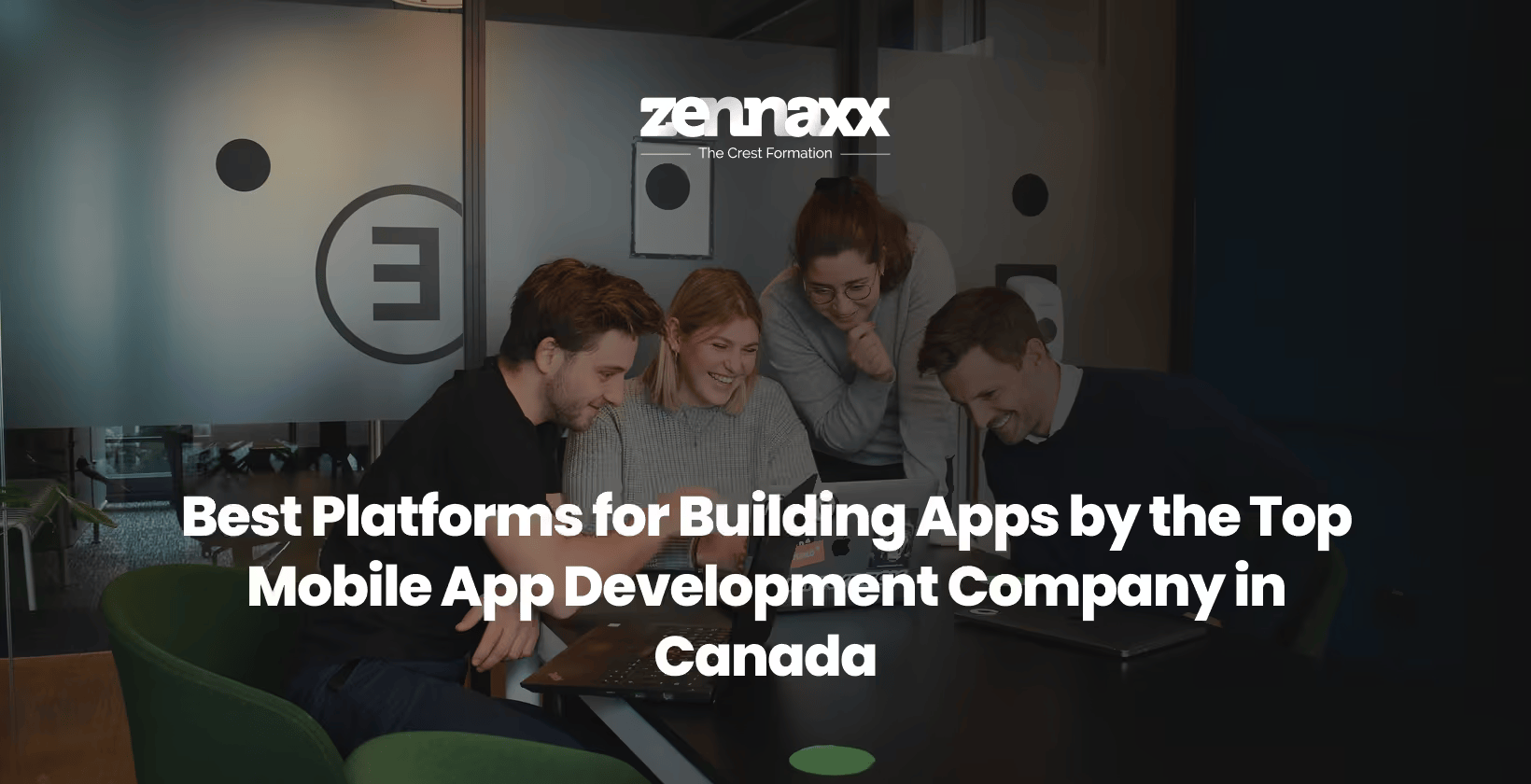
What is a virtual reality application?
A virtual reality application is constructed technology that transports users into simulated worlds where they can interact with the objects. The early concepts of VR apps were 360-degree murals and panoramic paintings. The early device used to experience simulated reality was the Sensorama simulator. Ivan Sutherland and Bob Sproull first made the virtual reality headset in 1968. Virtual reality is a technology that creates a convincing sense of presence in the virtual world by using virtual simulations.
1. How does virtual reality work?
2. What are the components of virtual reality apps?
- Core application logic: The core application logic of VR apps contains the code that demonstrates the functionality and rules of applications. It includes game logic, physics engine integration, AI behavior, and user input handling.
- 3D environment: The 3D environment of VR apps includes visual elements such as 3D models of characters, objects, and special effects. It includes textures, materials, lighting, shadows, and environment design.
- UI/UX design: The UI/UX design of VR apps interacts with the app, which includes 3D interfaces, gaze-based interactions, accessibility features, and feedback mechanisms.
- Sound design: The sound design of VR apps creates ambient sound effects and music to improve the user’s sense of presence.
- Tracking: Tracking of VR apps integrates smoothly with hardware such as headsets and controllers. Tracking includes head tracking integration and controller input management.
What is the future of virtual reality application development?
The future of virtual reality application development is filled with potential as technology is maturing and apps are becoming more diverse. The future predictions of VR apps are expected to increase accessibility, improve immersion, greater interactivity, and focus on social VR, metaverse development, AI integration, and cloud-based VR. According to the Academy of Animated Art, global VR app development is expected to continue its strong growth trajectory in the coming years around $252 billion with over 171 million users. The current growth of VR app development is increasing in sectors such as gaming, healthcare, training, simulation, retail, education, and e-commerce.
1. Why is virtual reality growing very fast?
Virtual reality (VR) is growing very fast for many reasons, such as technological advancements (improved hardware, affordability, wireless VR), expanding applications (gaming, healthcare, simulation), improved user experience in immersion, interactivity, and engagement, growing content ecosystem, metaverse, and the future of interaction.
What are the features of Virtual Reality applications?
- Simulation: Simulation is the most ideal feature of a virtual reality app, as it provides a sense of presence in the virtual world. This feature includes 3D graphics, a wide field of view, and spatial audio.
- Interactivity: The interactivity of a virtual reality app allows the user to interact with the virtual world to make the experience more dynamic. It includes controller input, hand tracking, object manipulation, navigation, and user interface interaction.
- Realism: The realism of a virtual reality app offers a consistent and plausible snake of a virtual world. The features include consistent physics, natural interactions, detailed environments, and appropriate sensory feedback.
- User Experience: The user experience of virtual reality apps ensures an accessible and enjoyable experience with intuitive controls, a comfortable interface, minimizing motion sickness, and clear instructions.
- Performance: The performance of virtual reality apps avoids motion sickness with high frame rates, low latency, and efficient rendering.
What are the Uses of virtual reality applications?
- Manufacturing: Virtual reality apps are used in manufacturing to simulate, train, and design to improve functionality and minimize costs. The best VR apps for manufacturing are Sketchbox and Mindesk.
- Business: Business virtual reality apps are used for training, development, collaboration, meetings, and data visualization. The best VR apps for business are Horizon Workrooms and Spatial.
- Education: Education virtual reality apps make learning more effective and engaging. Education apps offer virtual field trips, interactive learning, skill development, and accessibility. The best education VR apps are Google Earth VR and Titans of Space.
- Entertainment: Entertainment virtual reality apps transform the entertainment industry with immersive storytelling, interactive movies, virtual concerts, and theme park rides. The best entertainment VR apps are Beat Saber and Half-Life.
- Games: Virtual reality offers game apps for seamless gaming experiences through first-person shooters, simulation games, puzzle games, and multiplayer games. The best VR game apps are Boneworks and Onward.
1. Are virtual reality apps used in our daily lives?
Yes, virtual reality apps are applied in our daily lives. Virtual reality apps are used in movies, gaming education, training, therapy and rehabilitation, pain management, architectural visualization, engineering, virtual showrooms, and social platforms. The examples of daily used virtual reality applications are VRChat, VZfit, and Google Earth VR.
Who can develop virtual reality (VR) applications and software?
Virtual reality applications are developed by VR developers, 3D artists, game designers, UX/UI designers, sound designers, project managers, and specialists like interaction designers, AI engineers, motion capture experts, and haptics engineers, depending on the project’s needs. Virtual reality application development creates software applications for the virtual reality experience. Virtual reality app development companies create virtual reality applications for clients. Virtual reality companies consist of teams of artists, developers, and designers.
1. Are VR apps developed the same as other mobile apps?
No, virtual reality apps are not developed the same as other mobile apps. VR apps are developed with 3D graphics, spatial audio, user interaction in 3D space, and integration with particular hardware SDKs.
2. What are the top frameworks used to develop virtual reality applications?
3. What main programming languages are used to develop virtual reality applications?
4. What are the top VR mobile application companies?
Zennaxx, Appinventiv, and Scnsoft are the top virtual reality app companies. Zennaxx is a mobile app development company that develops VR, AR, and all mobile development services. Appinventiv is a mobile app development company that provides augmented reality and virtual reality services. Scnsoft is a software development company that offers services across various platforms. Zennaxx offers services for virtual reality app development services for various platforms, but their main focus is on immersive technologies relevant to VR applications.
5. What are some funny facts about virtual reality?
- The first headset for virtual reality was so heavy that it had to be halted from the ceiling.
- Early virtual reality experiences had motion sickness and were named the barf helmet.
- Some virtual reality applications allow users to pet a cat virtually.
- There is a virtual game called Clumsy Doctor where you can be a surgeon, which leads to hilarious surgeries.
- Some people have experienced virtual rain, claiming that the rain is there and is real.

